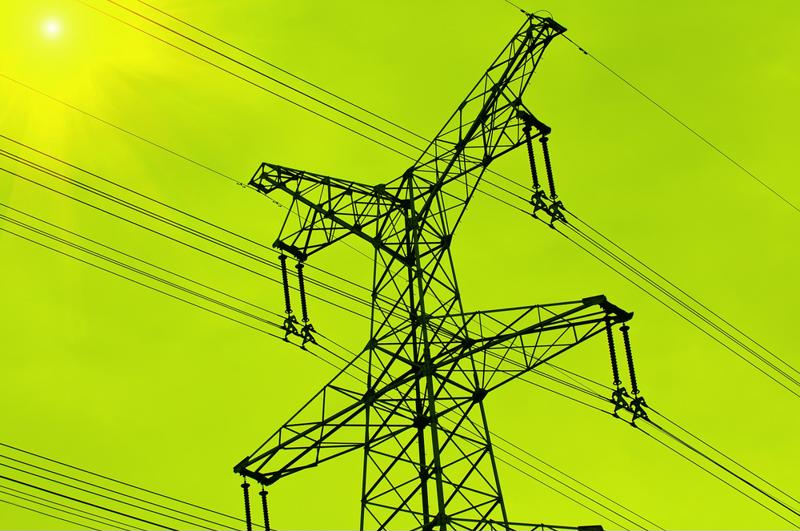
American utilities undergo technological transformation
By Max BurkhalterMarch 7, 2017
Roughly 3,300 utility companies service the millions of businesses and households dotting the U.S., according to research from the American Public Power Association. These organizations can trace their roots directly to inventor Thomas Edison, who established the first power station on the isle of Manhattan back in 1880, Electrical Light and Power reported.
In the decades since current began flowing out of the Pearl Street facility, the utility industry has grown considerably. Yet, much of the infrastructure that supports service delivery is outdated and need of upgrades. Additionally, many utilities continue to employ antiquated backend technologies and processes that simply cannot stand up to modern customer demands. These variables, along with the development of clean energy technology, leave the sector vulnerable.
However, utilities and industry stakeholders are fighting back, adopting new innovations with the potential to catalyze transformation and lay the groundwork for long-term stability.
Smart grid gains traction
Advanced metering infrastructure was the first product of this move forward. The nationwide drive to implement AMI technology began back in 2009, with the passage of the American Recovery and Reinvestment Act, according to the Department of Energy. This piece of legislation, known to many as a wide-ranging economic stimulus package, included provisions for utilities interested in adopting smart meters, which facilitate remote monitoring and service switching.
Utilities across the country took advantage of the provision and began adopting AMI technology at breakneck speed. Today, there are more than 64 million active smart meters, according to data from the Energy Information Administration. These fixtures cut costs considerably. In fact, adopters saved anywhere from 13 percent to 77 percent on meter maintenance activities and between 12 percent and 59 percent on service vehicle-related expenses. Smart meters also allow utilities to more tightly control distribution, The New York Times reported. With more insight into usage patterns, service providers can regulate energy flow and save money. Consumers can benefit from smart meters as well. Users can access consumption data and tailor their habits, allowing them to control utility spending.
While there are roadblocks to wider adoption, namely the slow move toward dynamic pricing, AMI implementation is expected to continue. The total number of smart meters will grow to 90 million by 2020, according to recent data from the Edison Foundation. Together, these devices could one day comprise a nationwide smart grid, giving utilities the power to control costs and distribution and meet the needs of modern, tech-savvy consumers.

New digital technologies are improving electrical service delivery and customer service.
Software systems streamline operations
Of course, smart meters alone cannot modernize the energy sector. Power providers must adopt backend systems that can communicate with these fixtures. Many have done just that, rolling out robust outage management software, Electrical Light and Power reported. These solutions connect with AMI systems and allow utilities to collect and deploy real-time outage data. This eases the restoration process, streamlining communication between dispatchers and the field crews responsible for restoring power.
The market for OMS platforms is expected to reach $1.3 billion by 2023, signaling widespread interest in the technology. Additional research corroborates this conclusion. For instance, the Newton-Evans Research Company, based in Ellicott City, Maryland, surveyed 60 power professionals from utilities across the country and found that most intend to upgrade their OMS solutions in 2017.
However, these solutions represent one half of the operational equation. Consumer-facing systems are equally as important. Why? Modern utility customers expect access to advanced account management portals that not only allow them to review usage data and conduct billing activities, but also consume real-time outage information.
"The market for OMS platforms is expected to reach $1.3 billion by 2023."
IoT technology meets the utility industry
In addition to the niche technologies mentioned above, many utilities are looking into how the Internet of Things might improve operations and customer engagement. Traditional mobile devices such as smartphones and tablets help linemen connect with headquarters and ease key field operations, like vegetation management and outage mitigation. For instance, in the latter situation, crews equipped with mobile technology can easily communicate with dispatchers and receive updates en route, making it easier to address service interruptions.
Some in the industry speculate that virtual reality technology could one day make an impact, systems engineer Seyi Fabode wrote in a piece for The Huffington Post. These tools have proven useful in employee training programs and could open up new opportunities for utilities looking to develop cutting-edge instructional offerings.
The push to diversify service offerings
Recent market fluctuations have forced utility companies - even those with advanced technology - to rejigger their offerings and incorporate new services, Time magazine reported. Now, many are looking to get into the growing clean energy arena, which necessitates the adoption of new delivery systems.
Together, these trends indicate the continued digitization of the utility industry, an event that could bolster profitability among service providers by 20 to 30 percent, according to data from the global consulting firm McKinsey. Of course, American business and home owners stand to benefit as well, as consumer-facing portals streamline the account management process, OMS platforms allow for rapid outage mitigation and AMI technology improves usage management capabilities.
As this movement continues, Perle will offer support and streamlined connectivity products to utilities hoping to adopt new energy technologies. Our terminal servers and serial to Ethernet solutions bolster operations for a variety of key industry stalwarts, including the Department of Energy and Duke Energy, the largest power provider in the nation. Connect with Perle to learn more about our service offerings and work within the utility sector.



